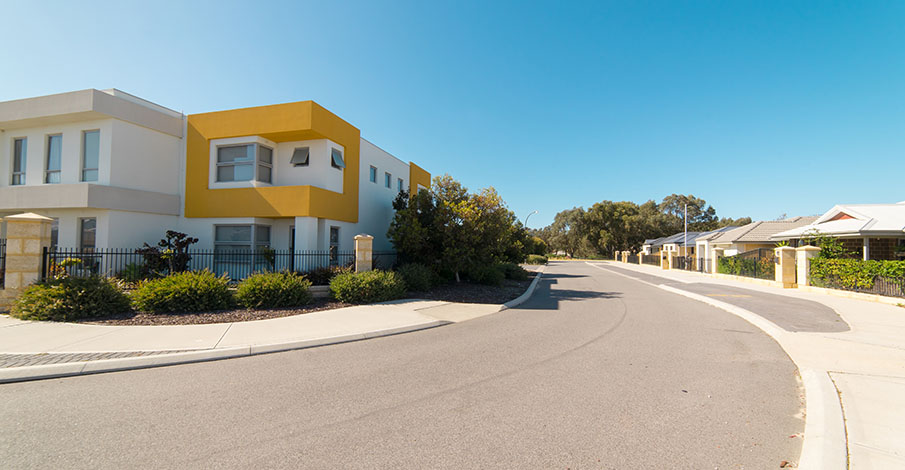Admixture is a common term used in the construction industry. In simple words, it refers to the ingredients that are used to enhance or introduce certain properties to a concrete mix. That said, there are different types of admixtures to match the varying needs and preferences of the contractors and various industries. As a result, you need to have a proper understanding of the different types to choose to order the right concrete mix delivery for your project.
This helps you make an informed decision without having to waste your time and effort on choosing the wrong one. So, let’s take a closer look at what types you get to choose from.
Water Reducing Admixtures
Water-reducing admixtures are added to the concrete mix to reduce the water content. Generally, water is added to the concrete to improve its workability but if the content happens to be more than required, it affects the strength and durability.
Plus, adding water to the concrete mix also helps strengthen the bond between concrete and steel and prevents segregation, cracking, and honeycombing. These admixtures are also known as plasticizers. You will find three types of this admixture, namely plasticizers, mid-range plasticizers, and superplasticizers. Their ability to reduce water is 10%, 15%, and 30% respectively. So, you can use the right type to reduce the percentage of water content in the concrete mix you want according to your requirements.
Back in the day, calcium and sodium were mostly used to produce plasticizers but modern plasticizers are made using polycarboxylate and others.
Retarding Admixtures
Retarding admixtures is interesting because they are used for slowing down the drying rate of concrete. These are also referred to as retarders and are most commonly used in high-temperature zones where concrete tends to settle too quickly.
Although, concrete needs to settle quickly to form a proper bond but not too fast that it results in flaws. If the concrete happens to settle too quickly, it will lead to discontinuities and unnecessary voids. To avoid such types of problems, retards are used.
In most cases, the retarding admixture is made of gypsum or calcium sulfate. But some manufacturers may use different ingredients to make retarding admixtures as well. It all depends on what the client wants.
Accelerating Admixtures
We just talked about retarders above, right? Well, they are the exact opposite of them. They reduce the setting time of concrete. So, they are simply called accelerators because of this quality of theirs. When you want the concrete to set quickly, you use them.
Accelerating admixtures do it by increasing the hydration rate of concrete. This quality is important in many cases such as emergency repairs. Plus, these admixtures are also added to the concrete for construction projects taking place in low-temperature regions.
Accelerating admixtures are made using calcium formate and others. However, calcium chloride is the most common ingredient used to make this admixture.
Air Entraining Concrete Admixtures
Air entraining admixtures are amongst the most important admixtures. These admixtures are for increasing the durability of concrete. This is done so that the concrete can withstand freezing and thawing cycles. Upon adding this to concrete, millions of non-coalescing bubbles are formed that help increase the overall durability of concrete.
In addition to that, air-entraining concrete admixtures have a lot more benefits such as improving workability, preventing bleeding and segregation, lowering chemical resistance, and reducing the quantity of sand, cement, or water content in concrete.
A commonly used air-entraining concrete admixtures is vinsol resin among others. Considering its properties, air-entraining concrete admixtures are used for a variety of applications in the construction industry.
Pozzolanic Admixtures
When you need to make dense concrete mix, you use pozzolanic admixtures. Because of its qualities, this admixture is used when constructing water-retaining structures like reservoirs and dams. These admixtures also help reduce thermal shrinkage and hydration heat.
Pozzolanic admixtures, when used in the right quantity, offer the best results by preventing risks such as alkali aggregate reaction, sulfate attack, etc. Plus, pozzolanic admixtures used in concrete are either artificial or natural.
The naturally produced or occurring pozzolanic admixtures are shale, clay, volcanic tuffs, pumicite, etc. Meanwhile, the artificially produced pozzolanic admixtures are silica fume, ash blast furnace slag, etc. Discuss with your project details with concrete suppliers Silver Spring to understand the different types of this admixture and others to choose the right one.
Damp-Proofing Admixtures
Damp-proofing admixtures or water-proofing admixtures are used to prevent water permeability and dampness on concrete surfaces. Additionally, these admixtures are also used and help the concrete with its early stage of hardening. The good thing about these admixtures is that they are available in paste, liquid, and powder form.
Plus, damp-proofing admixtures are usually made of calcium chloride, zinc sulfate aluminum chloride, etc. These ingredients tend to be active pore fillers. As a result, damp-proofing admixtures are used for the construction of roofs and floors.
Grouting Admixtures
Grouting admixtures are specifically made for grout materials to enhance the grout properties based on the requirements of the grout. Depending on the needs and preferences, you might need a quick-setting grout and in other cases, you might need a slow-setting grout to fix the deep cracks or fissures.
This leads to the utilization of different grout admixtures as required. Accelerators like calcium chloride are used as grout admixtures if the grout is meant to set quickly. On the other hand, retarders like gypsum, mucic acid, and others are used to slow down the setting period.
Bonding Admixtures
So, this admixture is interesting as well. It’s used when you need to make sure that the old and fresh concrete create a strong bond. Generally, if you were to pour fresh concrete over a hardened concrete surface, it would fail to stick and form a proper bond. To prevent such issues and form a proper bond, bonding admixtures are used to add cement or mortar grout and applied on the hardened concrete surface before a fresh layer of concrete is poured.
This type of admixture is most used for repair works and projects where you have to pour fresh concrete over old while making sure that the strength of the structure is not compromised. Bonding admixtures are usually made of synthetic rubbers, natural rubbers, and other similar materials.
Gas Forming Admixtures
Gas-forming admixtures are usually made of hydrogen peroxide, activated carbon aluminum powder, etc. The addition of gas-forming admixtures leads to a reaction with hydroxide obtained by cement hydration and forms small hydrogen gas bubbles in the concrete.
Keep in mind that the formation of bubbles and their range depends on factors such as the chemical composition of cement, temperature, and several other related factors. These bubbles help concrete to tackle bleeding and settlement problems.
Conclusion
The decision to pick a particular type depends on your needs and preferences. Plus, it also depends on the requirements of the task so plan properly before ordering ready mix concrete delivery Montgomery County. Considering there are several other varieties of admixtures as well, you should always consult an expert. This will help you achieve the desired result instead of playing the guessing game and getting everything wrong, which can cause huge losses.



